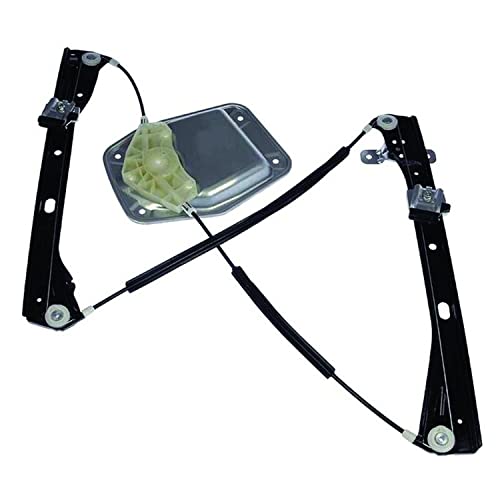- Joined
- Nov 27, 2008
- Messages
- 84
- Reaction score
- 5
- Location
- Copenhagen Denmark
- Year of Your Van(s)
- 1968
- Van Type
- Westy
Hello Guys
So i finally had my upright converted 2L type4 with 113 hp installed in my 68 westy.
I also installled a 6 rib gearbox.
I only had to change the nose cone to the og one.
(sounds easy..well it's been many hours..especially cooling tin fixing)
Actually i installed a 6 rib twice, as my first 6 rib had an syncromesh problem.
But i have the same problem for both gearboxes, (which i didn't have on my old trusty 3 rib)
I can't shift into first gear, unless i press the gearstick forwards and hold it tight, and third gear is only possible to get into if i use a short shifter gearstick like the CSP type.
Second and fourth gears are easy to get into.
I have tried to move the selector base around, right now it is at the most forward.
I have taken a picture of the 'thing' that connects with the gearshift, does it look at right position..(neutral gear) ??

Does any of you had similar problems with 6 rib boxes in earlybay.


Thanks
Ronnie
CPH
DK
So i finally had my upright converted 2L type4 with 113 hp installed in my 68 westy.
I also installled a 6 rib gearbox.
I only had to change the nose cone to the og one.
(sounds easy..well it's been many hours..especially cooling tin fixing)
Actually i installed a 6 rib twice, as my first 6 rib had an syncromesh problem.
But i have the same problem for both gearboxes, (which i didn't have on my old trusty 3 rib)
I can't shift into first gear, unless i press the gearstick forwards and hold it tight, and third gear is only possible to get into if i use a short shifter gearstick like the CSP type.
Second and fourth gears are easy to get into.
I have tried to move the selector base around, right now it is at the most forward.
I have taken a picture of the 'thing' that connects with the gearshift, does it look at right position..(neutral gear) ??

Does any of you had similar problems with 6 rib boxes in earlybay.


Thanks
Ronnie
CPH
DK




















